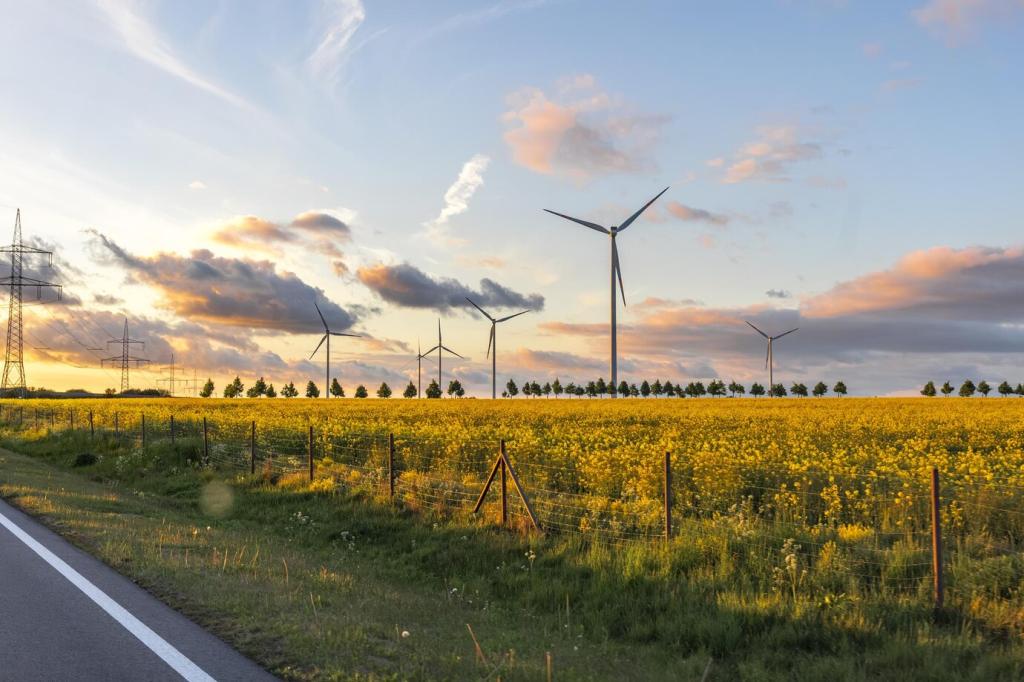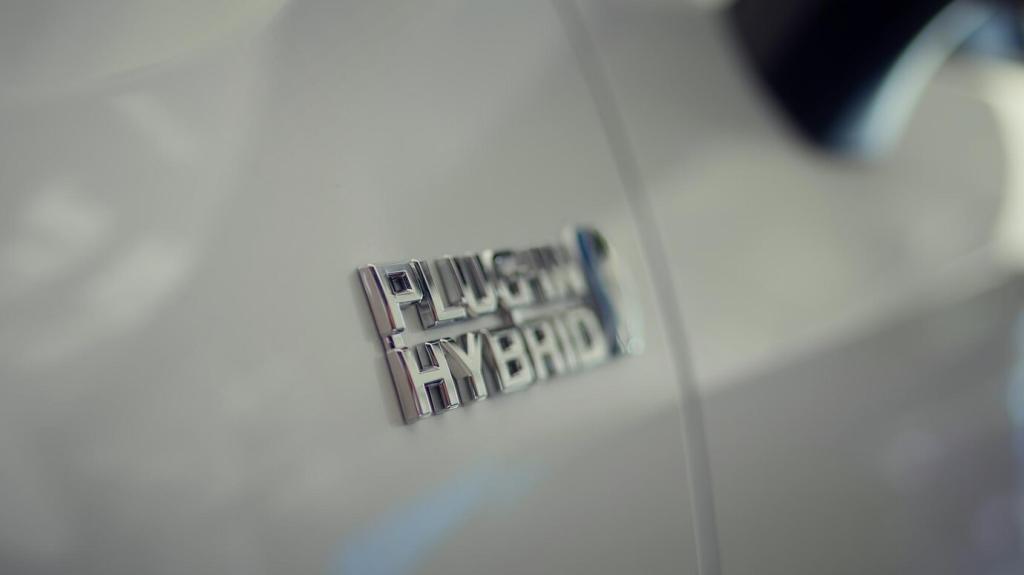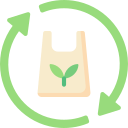Innovative Approaches to Textile Recycling: Turning Waste into Worth
Today’s chosen theme: Innovative Approaches to Textile Recycling. Step into a world where fibers are reborn, chemistry meets craftsmanship, and data powers circular futures. Read, reflect, and subscribe for weekly insights—and share your ideas to help accelerate real, measurable change.

From Waste Fibers to New Threads
Enzymatic Polyester Breakthroughs
New enzymatic processes break polyester back into its building blocks at relatively low temperatures, reducing energy use while preserving quality. The resulting monomers can be repolymerized into near-virgin fibers, extending product life loops without sacrificing performance or softness.

Smart Sorting and Pre-Processing
01
Automated lines combine cameras and near-infrared sensors to recognize fiber blends, detect elastane percentages, and flag harmful contaminants. This smarter triage improves throughput and ensures every bale lands in the most suitable recycling pathway, elevating both yield and quality.
02
Digital IDs, RFID threads, and invisible watermarks store fiber content, dye classes, and finishing data. When garments reach sorting facilities, scanners read these clues instantly, eliminating guesswork and guiding materials toward chemical or mechanical routes with minimal time and waste.
03
Advanced color optics cluster similar shades to avoid overdyeing, while selective dye-stripping methods remove pigments without heavily degrading fibers. The payoff is consistent, ready-to-spin feedstock that keeps its integrity—and helps mills hit exacting color targets with fewer process steps.



Local Circular Ecosystems
Neighborhood drop points paired with clear labeling—“repairable, reusable, recyclable”—raise participation and reduce contamination. Volunteers pre-sort, flag high-value items, and route materials directly to local partners, turning a weekly habit into a reliable supply stream for regional recyclers.
Compact spinning lines and modular knitting equipment let small hubs turn local textile waste into limited-run fabrics. We visited a coastal workshop where fishermen’s polyester nets and worn uniforms became weather-resistant totes that sold out at the harbor market within days.
Recycling plants share recovered heat with nearby dye houses, exchange water treatment capacity, and swap byproducts for mutual benefit. These practical alliances keep costs manageable, attract municipal support, and anchor circular jobs where materials are collected and transformed.


Policy, Incentives, and Business Models
Effective take-back programs reward returns with meaningful credits and convenient mail-in options. The best programs pre-sort at intake, route repairable items to resale, and direct clean fractions to fiber-to-fiber partners, turning liabilities into measurable circular assets.
Policy, Incentives, and Business Models
EPR frameworks fund collection and recycling by charging small eco-fees that reflect product recyclability. Transparent reporting and eco-modulation encourage better design choices, while pooled funds help build sorting lines and chemical plants that individual brands could not finance alone.
Data, Traceability, and Proof
Digitized transfer logs and tamper-evident tags prove that a bale of cotton waste became the same roll of recycled fabric. Linking physical IDs with secure ledgers prevents data gaps and makes audits faster, cheaper, and far more dependable.


Data, Traceability, and Proof
Inline fiber-length scanners, viscosity checks for depolymerized streams, and standardized dye uptake tests provide early warnings. By catching deviations quickly, recyclers protect batch integrity and deliver consistent inputs that mills and brands can confidently build collections around.
Your Role in Innovative Textile Recycling
Empty pockets, remove batteries and accessories, and bundle similar fibers together. A simple note—“100% cotton, light color”—helps volunteers and machines route items quickly, improving recycling yields and ensuring your effort translates into higher-quality new fabrics.
Your Role in Innovative Textile Recycling
Fixing a seam or repurposing a shirt into a tote extends utility and reduces processing pressure, so recyclers handle truly end-of-life pieces. Better triage means cleaner inputs, less waste, and stronger business cases for advanced fiber-to-fiber plants.


